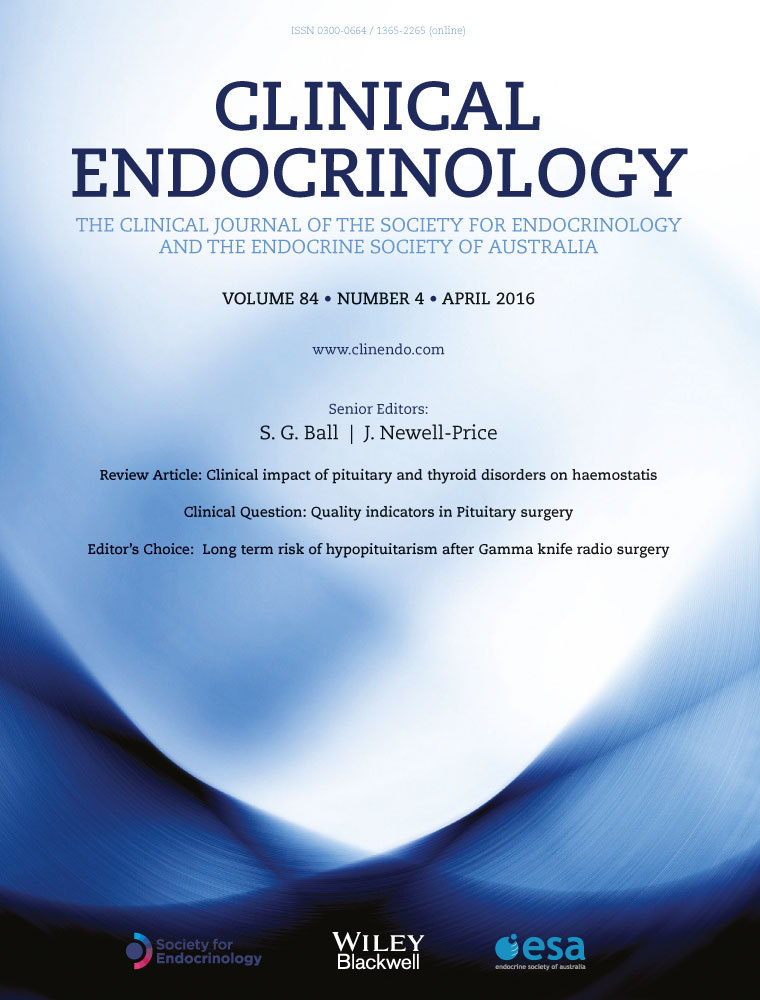Comparison of differentiated thyroid cancer in children and adolescents (≤20 years) with young adults
Summary
Context
Age is a major prognostic factor in differentiated thyroid cancer (DTC). It is not clear if paediatric DTC has a different histopathological profile and outcome than DTC in adult patients <45 years of age.
Objective
To assess whether DTC in children and adolescents differs from young age group by comparing paediatric DTC (age ≤ 20) with DTC in patients >20 to <45 years of age.
Patients and methods
We studied all cases of paediatric DTC seen during the period 1998–2011. We compared this group with a large sample of 213 consecutive adult patients in the age group >20 to <45 years seen during the period 1998–1999 in terms of their pathological features, extent of the disease and long-term outcome. Both groups were managed by the same team at a single institution.
Results
A total of 310 DTC were studied including 97 paediatric patients [median age 17 years (range, 8–20)] and 213 young adult patients [median age 33 years (range, 20·5–44·9)]. There was no difference in gender distribution, tumour subtypes, size and tumour multifocality, but there was a significantly higher rate of extrathyroidal extension [40/75 (53·3%) vs 81/213 (38·0%), P = 0·03], lymph node [57/73 (78%) vs 102/183 (55·7%), P < 0·0001] and distant metastases [16/97 (16·5%) vs 8/213 (3·8%), P < 0·0001] in the paediatric than the adult groups. Kaplan–Meier analysis showed a higher risk of persistent/recurrent disease in the paediatric group than adults (log-rank test 0·03). However, there was no mortality secondary to DTC in both groups.
Conclusion
Paediatric DTC is distinct from DTC in the young adults (age >20 to <45 years). It is characterized by a higher rate of extrathyroidal extension, lymph node and distant metastases and a higher risk of persistent/recurrent DTC.




